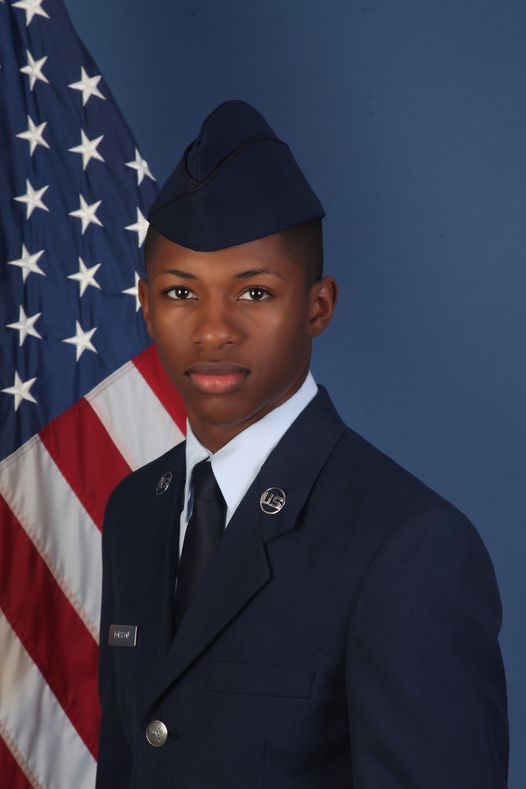Women veterans are the fastest growing population in the U.S. military. Yet as the number of women stepping up to serve our country grows, our nation is falling behind in meeting their needs. In Massachusetts, an October 2022 State Auditor report found that 1,500 out of 25,000 women veterans—just 6 percent—were identified by the Department of Veterans' Services between 2019 and 2021. This means that 24,500 women veterans in the state lack vital services.
As military experts shared with Congress last year, many of our almost 2 million living women veterans struggle to transition back to civilian life due to unmet needs including employment counseling, financial guidance, and health and mental health support. The Department of Veterans Affairs reports that veteran women are almost two times as likely as non-veteran women to experience homelessness.
In our work at Education Development Center (EDC), women veterans have told us that a successful transition to civilian life is often pure luck. Today, Angela Dickson, a highly skilled Air Force veteran of 20 years, has a great job in STEM as a learning manager supporting professional development at TechnipFMC, and she has held many positions as a leader in training and education. Yet Angela noted that she felt "at a loss" about what to do when she first separated from the military and help was not readily available. Unfortunately, she is not alone. Many other women veterans have shared with us similar sentiments, such as, "I wasn't sure where to begin my post-service education journey," and "I feel like I have to hide my veteran status."
We need to do better for women who put everything aside to serve our country. This means providing transition and follow-up support to all.
During a national convening of representatives from federal agencies, women veterans, and leaders from STEM industry and higher education that EDC led with support from the National Science Foundation, participants discussed this issue and identified three key actions that must be taken to address women veterans' needs.
Use Data to Drive Improvements
First, we need to fully identify all women veterans. To date, women veterans have been understudied. A few recent studies, analyses, and stories from states indicate that the growing number of women veterans who experience homelessness are especially at risk of going undercounted and unserved. Simultaneously, there is an urgent need to evaluate the effectiveness of current services for women veterans. Our country's existing policies and programs to serve women veterans are designed using male veterans' needs as the barometer. It's time to use data on women veterans' needs to drive the design and improvement of programs for women veterans.

Create Pathways to STEM Careers
In our conversations, experts and industry leaders were united in identifying the critical need to help women veterans navigate the transition to civilian careers in STEM. STEM careers are a natural fit for many women veterans' expertise, and women veterans in STEM fields make 54 percent more than women veterans in non-STEM careers. Yet many women veterans cannot find a STEM job—or any job—that lets them use the skills they gained while enlisted. Far too many women veterans end up pursue low-paying and low-skill jobs because civilian employers don't understand their skills. Creating pathways to STEM careers for women veterans will strengthen financial stability for veterans and their families.
Coordinate and Centralize Support
Convening experts felt strongly that our country needs to take a new approach to ensuring that services for women veterans are coordinated, comprehensive, easy to navigate, and readily available. They called for the launch of a national center to serve women veterans that would:
—Provide proactive advisory services for women service members and veterans both as they plan to leave the service and after they transition to civilian life;
—Serve as a one-stop clearing house of information about employment, financial advising, housing, health, and mental health services and resources;
—Support STEM industry employers and institutions of higher education in effectively reaching, recruiting, and retaining women veterans.
We can and must take these actions. As a country, we have to do more. Given the sacrifice and dedication our women veterans have given, it is the least we can do.
Rebecca Lewis is a managing project director at Education Development Center (EDC).
The views expressed in this article are the writer's own.
Uncommon Knowledge
Newsweek is committed to challenging conventional wisdom and finding connections in the search for common ground.
Newsweek is committed to challenging conventional wisdom and finding connections in the search for common ground.
About the writer
To read how Newsweek uses AI as a newsroom tool, Click here.






